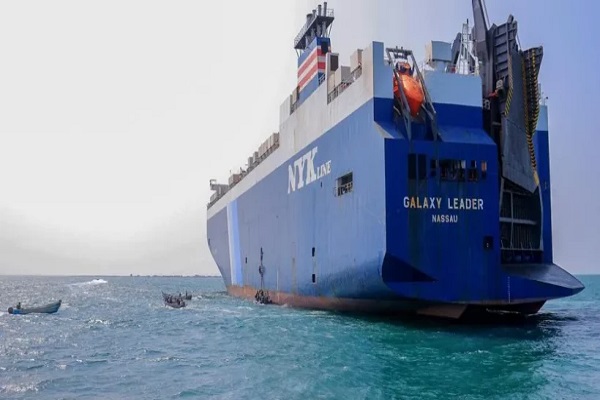Introduction to the Crisis
The Red Sea conflict is disrupting the Middle East’s fertilizer exports to India. This situation has extended shipment times by around 15 days and hiked freight costs. If the conflict continues, global fertilizer prices could rise, increasing India’s subsidy expenses.
Immediate Effects on India’s Fertilizer Supply
N Suresh Krishnan, Chairman of the Fertilizer Association of India (FAI), notes significant changes. Indian companies now use alternative routes, incurring higher freight costs and delays. For initial contracts ending December 31, suppliers covered the extra insurance and ocean freight costs. Current negotiations focus on deliveries from January onwards.
Impact on Key Import Destinations: Jordan and Israel
Jordan and Israel, the key to India’s fertilizer imports, face major disruptions. About 100,000 tonnes of fertilizer await dispatch from these countries. India’s annual imports include 0.6 million tonnes of phosphoric acid and 3.7 million tonnes of rock phosphate from Jordan. From Israel, it imports about 0.5 million tonnes of muriate of potash.
Navigational Challenges and Security Concerns
Vessels from Israel face heightened risk, and even Jordanian shipments experience reluctance due to Red Sea navigational fears. Delays are common, with some vessels stalled at ports despite completed loading.
Monitoring by the Fertilizer Ministry
The Indian fertilizer ministry is closely watching the supply situation. This is crucial for the upcoming Kharif season starting in June. In 2022-23, India imported significant quantities of urea, DAP, MoP, and complex fertilizers.
India’s Fertilizer Import Statistics and Dependence
The current fiscal’s imports showcase India’s heavy reliance on these fertilizers. With China halting urea and DAP exports to India, the country turns to the Middle East and Russia. Shipments from Gulf countries remain stable, but others reroute to avoid the conflict zone.
Recent Developments and Industry Outlook
The January 15 missile attack by Houthi rebels off Yemen escalates tensions. Industry officials predict no quick resolution and may request increased subsidies if freight costs keep rising. Current import prices are $335-340 per tonne for urea, $595 per tonne for DAP, and about $320 per tonne for MoP.

